How to run in the snow: 8 expert tips for safer winter trails
Keep running through the freezing winter, whether you’re planning to scamper through the streets or trot along the trails
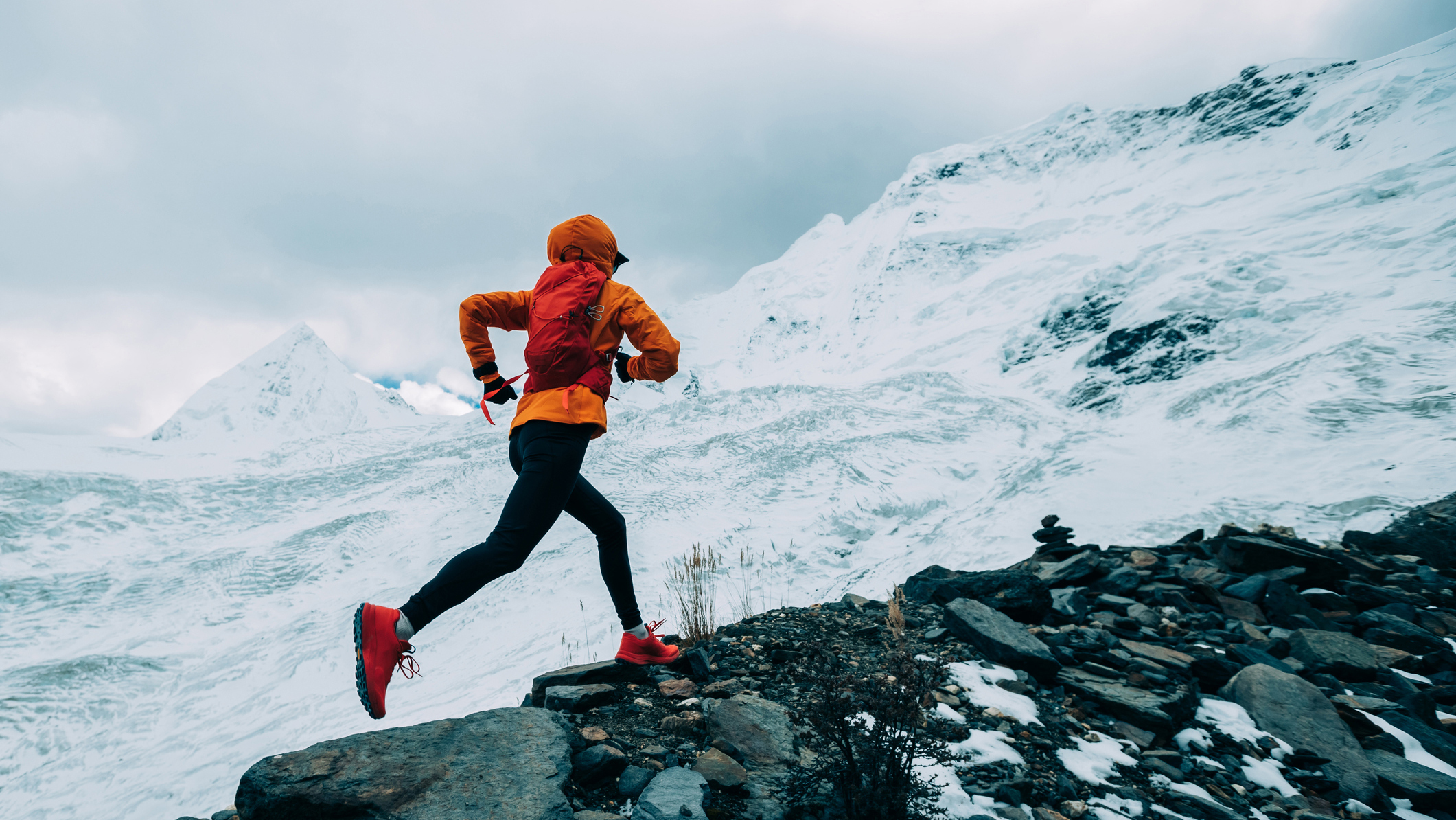
In many northern climes, as the days shorten and the temperatures drop, runners are faced with a certain choice: hit the treadmill, or figure out how to run in the snow. I am allergic to treadmills, so when I lived in Colorado, the choice was clear, but the thought of running in the snow was still initially a bit daunting. I soon discovered, however, that running in the snow can be really quite a magical experience as well as a great workout, as long as you’re prepared.
There are few things quite like feeling the crunch of snow underfoot and watching your breath make billowy clouds in the crisp morning air as the sunrise casts a pink glow over the snow and the rest of the world sleeps. If you’re curious, these eight tips will help you keep running through a snowy winter without falling on your behind, whether you’re planning to scamper through the streets or trot along the trails.
Meet the expert
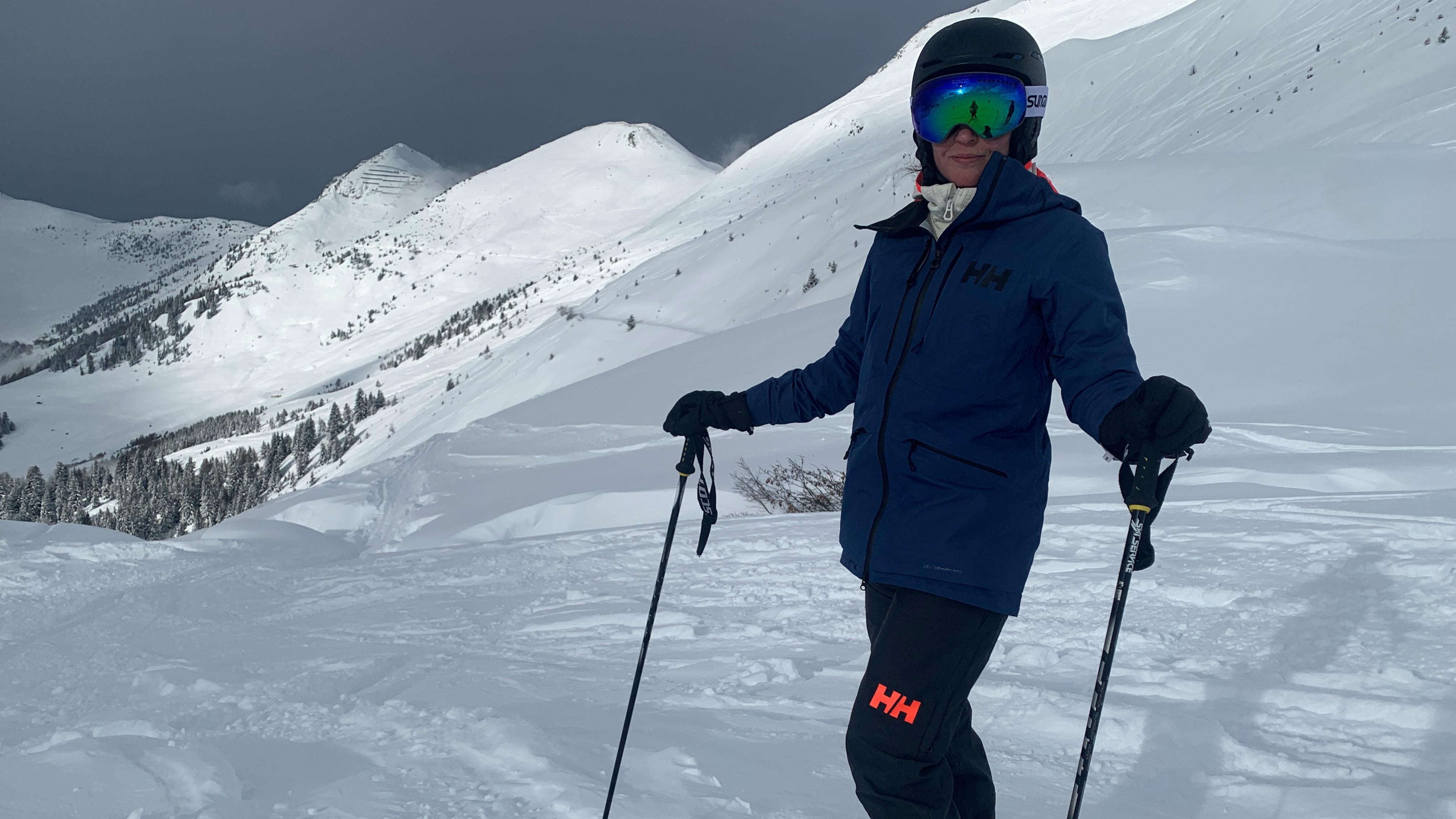
When Julia first took her running onto the snow, she discovered a whole new and exhilarating form of trail running. She's experienced wintry routes in Montana and, now back in her native Scotland, enjoys getting out into the Highlands after the white stuff has fallen. Here, she shares her hard-won advice...
Today's best deals
Is it OK to run in the snow?
- It is ok to run in the snow, so long as you put personal safety ahead of training goals
- There are different kinds of snow and this is influenced by various factors
- Your experience will depend on the kind of snow you're taking on
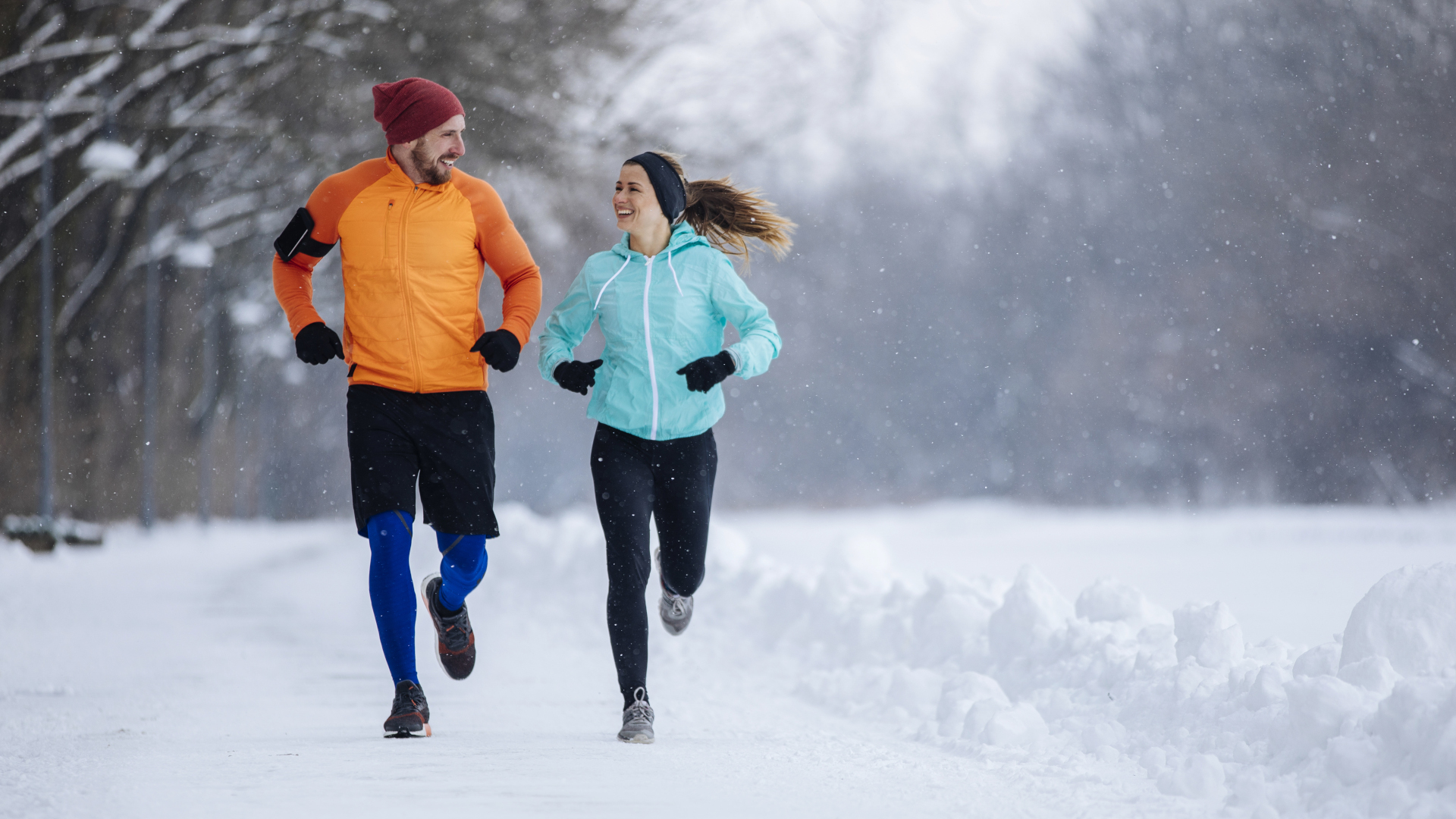
I should start with the disclaimer here that not all snow is created equally – this is why Eskimo's have at least 50 words for the stuff. Some is powdery, some is packed, some is slushy, some is solid – and there’s a difference between running on packed ski runs versus snowy trails versus slushy streets. Where you are will determine your experience, enjoyment level and what you need for success, and if you live somewhere that only occasionally gets snow, you really might just prefer to do something else that day, like take your workout indoors or go for a winter walk.
However, if you live somewhere where snow is an actual season and not just an event, or if you’re in serious training for a marathon, it is ok to run in the snow. You just need to be prepared to switch things up a little, and of course, put your personal safety before your training goals.
Now we’ve got that out of the way, here are my top tips for running in the snow:
1. Try the trails
- Trails are less prone to be precariously slippery under snow than the roads
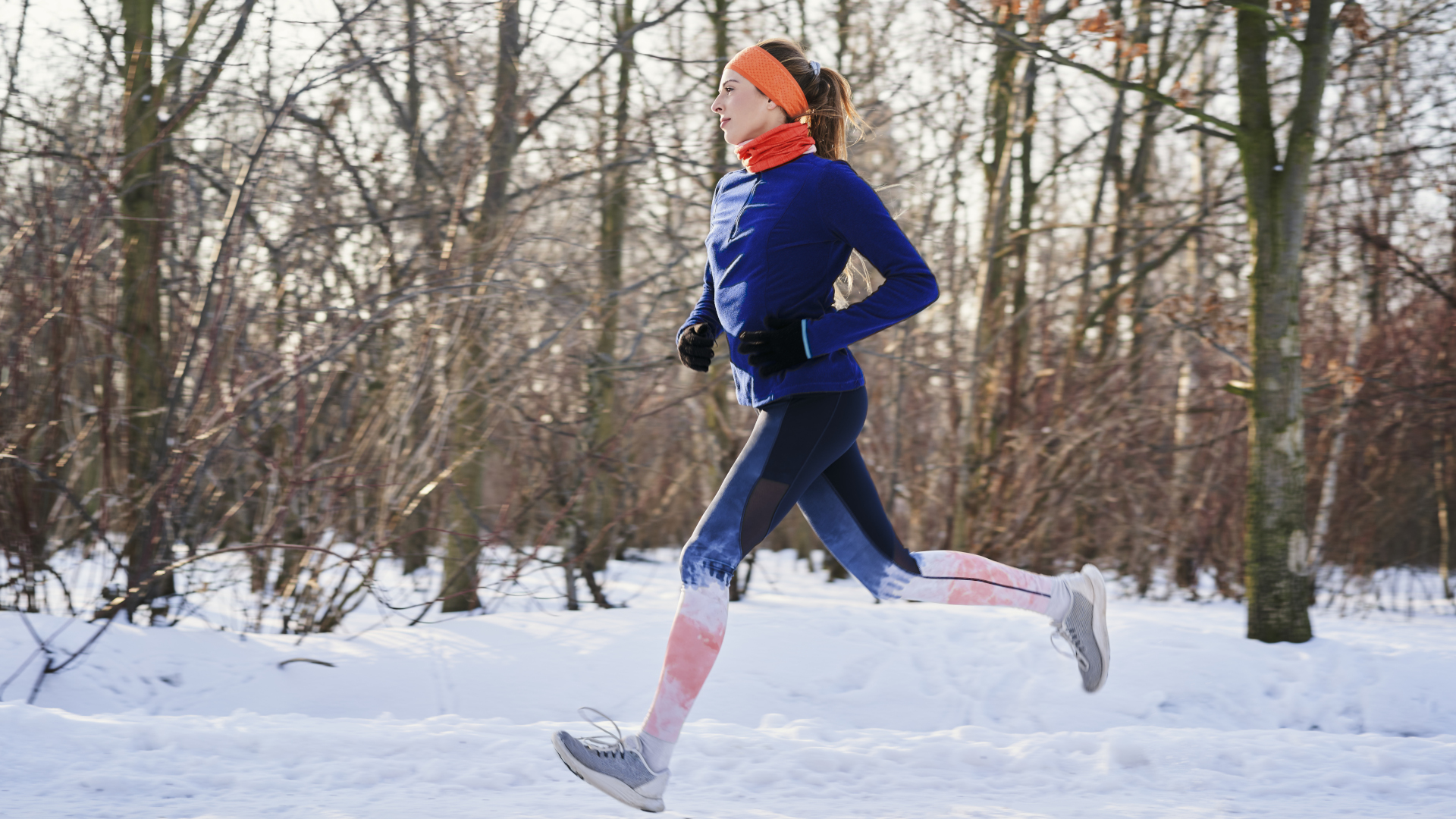
If it’s possible, when there’s snow on the ground, try the trails instead of road running (unless you're in a rural, snowy area where roads become more like ski trails anyway). Running uphill is a bit less slippery, though of course you may want to walk the downhills. Snow on dirt or grass is much less precarious for running on than slushy sidewalks, which can present a mix of snow and black ice. Add cars to that mix and the treadmill suddenly seems a lot more attractive (though if the tarmac is your only option, keep reading for suggestions). If there are mountain or park trails nearby, you may want to switch to them while it’s snowy.
2. Choose the shoes
- Trail running shoes are preferable to road shoes for their increased grip
Whether or not you’re taking to the trails or braving the roads, trail running shoes are better than road running shoes for running in the snow. They’ve got deeper lugs for better grip, may be waterproof or water resistant to stop the slush from getting in, and offer better all-round protection and stability than a lighter pair of shoes.
Advnture Newsletter
All the latest inspiration, tips and guides to help you plan your next Advnture!
3. Get some grip
- Thin packed snow, slush and spots of ice and tarmac can require simple grips to cover your shoes
- Microspikes work better for snowy trails
- For deep snow, you'll want full-on snowshoes and running poles
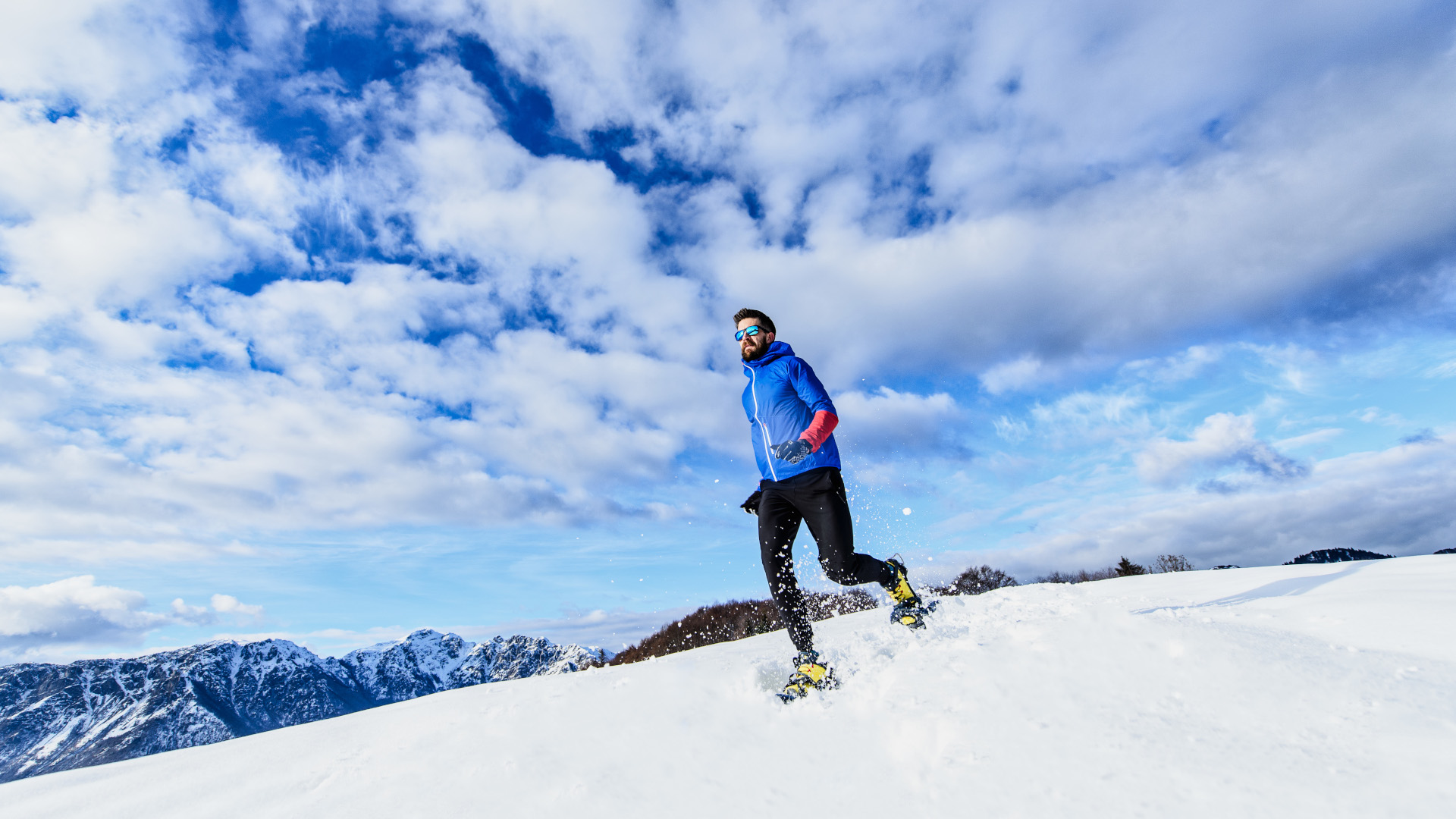
If you’re just running over some light snow, a good pair of winter running shoes might provide all the traction you need, however you should also be prepared to get some more serious snow-running gear.
For mixed conditions where you’re running over thin packed snow, slush and spots of ice and tarmac, you’ll be safer wearing some simple grips like Yaktrax over your shoes.
If you’re on the trails (or the ski runs) and not going to encounter any tarmac, Yaktrax may work, however a pair of grips with spikes such as Kahtoola Microspikes will do you well over packed snow mixed with ice and areas of rock.
Finally, if you’re running in deep snow, you’ll need snowshoes for flotation and running poles for balance and you’ll want to read up on exactly how to run in snowshoes before you head out.
4. Slow and short (and pick up your feet)
- Slow down, take small steps and pick up your feet more than usual
No matter what type of snow you’re going to run on, don’t plan on running at your usual pace or even with your typical gait. You’re going to have to slow it down, take small steps and pick up your feet more than you ordinarily do to account for the fact that you’re going to sink in more with every step, and therefore need more power to propel yourself forwards. The upside? Though your lungs might not be working as hard, your legs will be working double time and it will be a great calorie burner.
5. Check for windchill
- Check the forecast for the 'feels like' temperature
- If the windchill factor is high, cover up exposed skin
If you’re somewhere with severe wintery conditions, check the forecast for the windchill, or the 'feels like' temperature. The risk of frostbite increases markedly when the windchill factor is high, so you’ll need to cover up your skin (headbands and neck gaiters are ideal) or brave the dreaded treadmill (have I already mentioned that I'm allergic?).
6. Layer up
- Dress so that skin is covered but moisture still has the opportunity to escape
- It's better to start cold and warm up than start toasty and overheat
- A quality base layer and a running jacket should be enough for most cold runs
- In particularly cold, dry weather, you might want to consider additional fleece or down layers
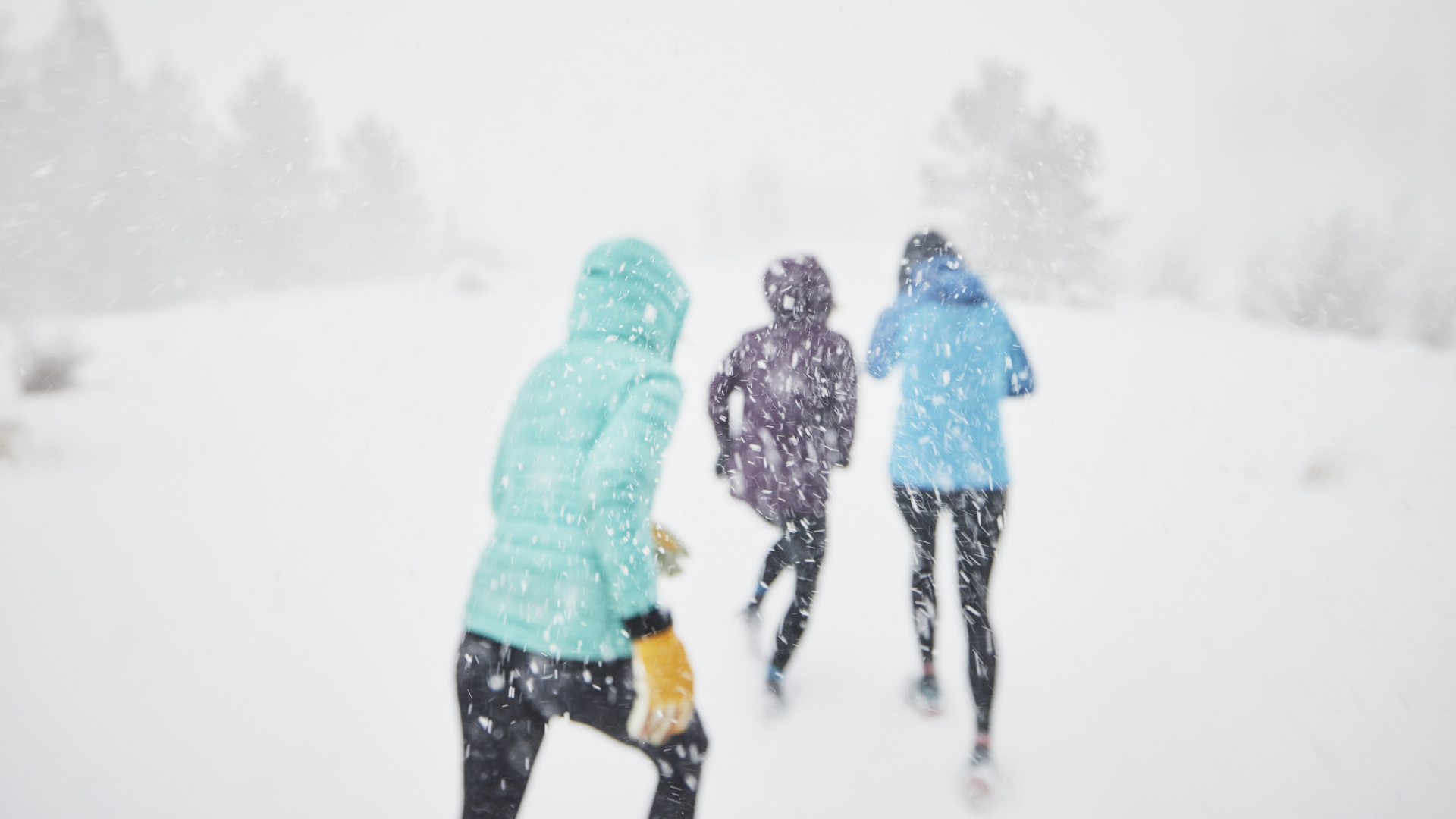
Speaking of exposed skin, of course you’ll want to dress for winter running in light, breathable layers that let sweat out and keep a cold wind off. It's better to start cold and warm up, than start toasty and overheat. Once you're well into your run, your bodies; metabolic heat will be the main thing keeping you warm.
That said, the conditions where you’re running will really determine whether a lightweight running jacket over a base layer (preferable Merino for winter) is enough, which it might be in more humid but temperate conditions, or if you need to consider a lightweight fleece jacket or even down jacket for very cold, dry weather. Regardless, you’ll want to look into running gloves and a running headband to keep your ears warm, and ditch those running shorts for some thicker leggings.
7. Go later
- Waiting until the sun's heat has rendered the snow less treacherous is a good idea
Because the temperatures are usually at their lowest overnight, even powdery snow can be pretty icy at the top come early morning. If you’re lucky enough to be able to run on groomed ski runs, this won’t pose much of a problem with some good running spikes, but otherwise it’s helpful to wait a little to run, if you can. Once the sun hits the snow, it won’t take long to soften up and make it less treacherous, so if possible, go later in the morning or on your lunch break. Don't leave it till the evening however unless you have a running headlamp.
8. Polarize your peepers
- Polarized sunglasses prevent glare
Waiting for the sun to get a bit higher in the sky softens up the snow, but it also means more glare effect. Make sure you have a wraparound pair of polarized running sunglasses to prevent glare – even if it’s not sunny, you’ll appreciate the wind blocker.
- How to stay warm in a tent: keep snug when camping in cold weather
Julia Clarke is a staff writer for Advnture.com and the author of the book Restorative Yoga for Beginners. She loves to explore mountains on foot, bike, skis and belay and then recover on the the yoga mat. Julia graduated with a degree in journalism in 2004 and spent eight years working as a radio presenter in Kansas City, Vermont, Boston and New York City before discovering the joys of the Rocky Mountains. She then detoured west to Colorado and enjoyed 11 years teaching yoga in Vail before returning to her hometown of Glasgow, Scotland in 2020 to focus on family and writing.

